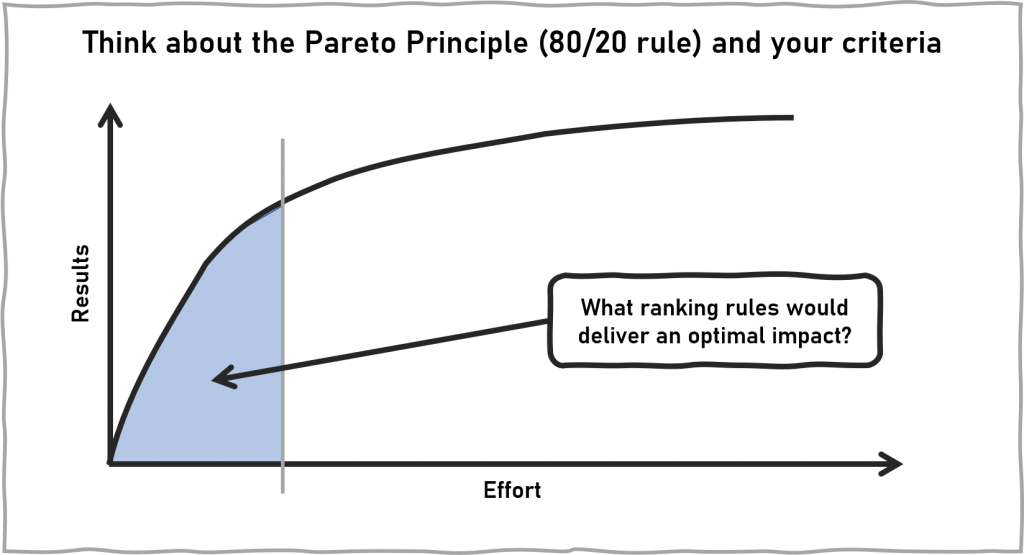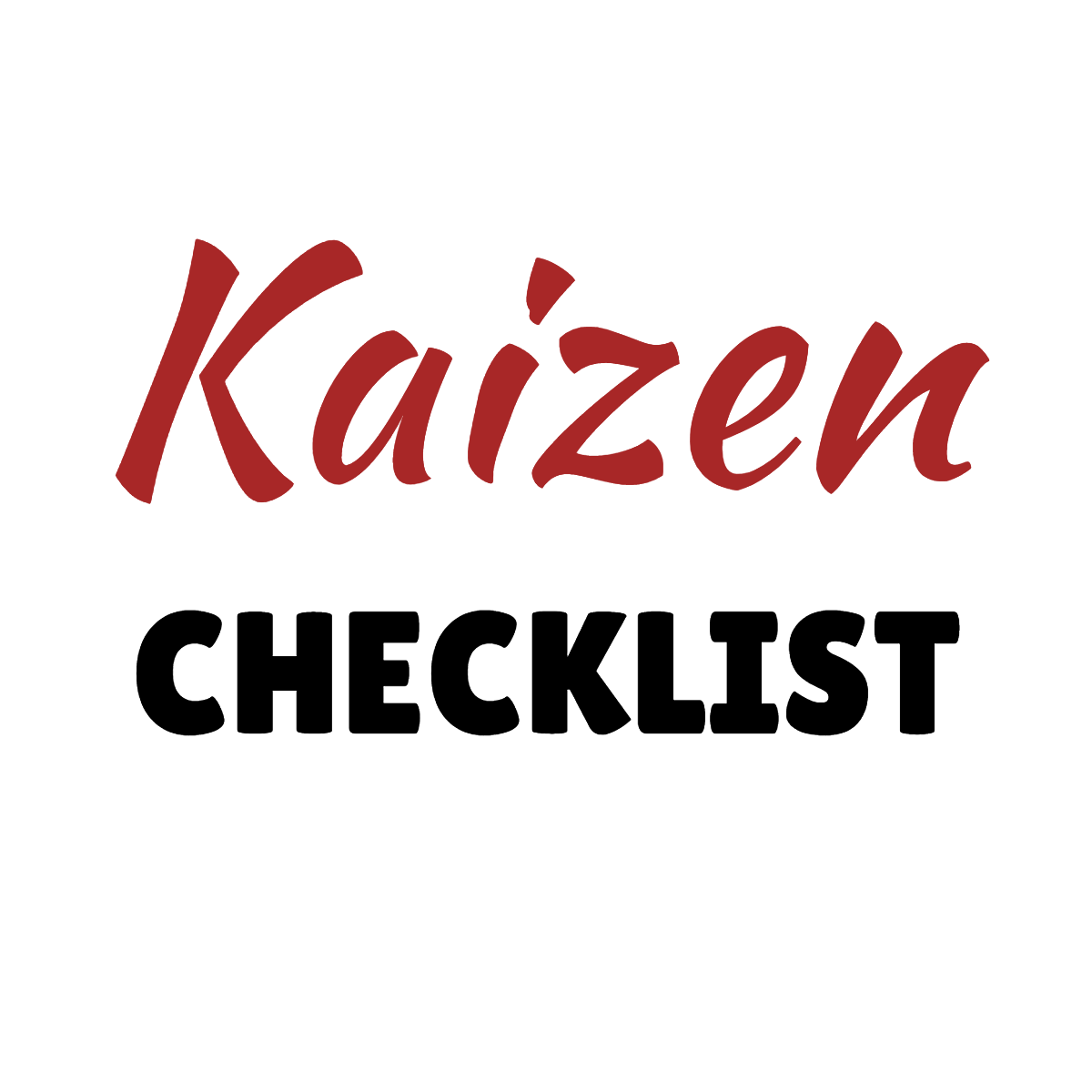It’s a challenge that faces all of us when we have an engaged team that put forward lots of great ideas. How do you decide what to spend your time on?
One of the pitfalls of a good Kaizen culture is that ideas can flow too quickly.
Sometimes it feels overwhelming. Many of these ideas can be dealt with by the teams themselves (once they have developed, of course) but often there will be times when support from management will be required.
This often happens at the start of a Kaizen system being introduced. The teams are new to implementing change and they need help. It also happens later on too; people need help as they extend their reach of the improvements they want to implement and need a different kind of support.
So, how do you choose what needs to be worked on first and what needs to be parked until a later date? After all, most of us have day jobs competing with our Kaizen activities for our attention (and even if this if your full time role, how many hours do you have in the day?).
When I work with businesses with this predicament we look to develop a ranking system. If you don’t have one currently then I recommend that you think about having one for two very good reasons:
- It will help ensure that you spend your resources wisely and get the ‘biggest bang for your buck’.
- A clear and visible ranking for Kaizen opportunities (that your teams can see and understand) helps with longevity. If people think their ideas are being ignored then the flow of ideas can dry up.
Creating a ranking system requires that you know what is important for making change happen in your business. This could include:
- managing risk,
- speed of implementation,
- blitzing a particular business issue,
- low cost ideas,
- reducing frustrations,
- making a tangible difference,
- improving safety (or quality),
- reducing costs,
… or anything else that comes to mind that is important to your business.

Once you have decided what is important you can share this with your teams and help them to develop ideas that produce an optimal result for your business.
A method that I use with my clients (and one that is integral with the PDCA Complete Kaizen management software) is the BCS method. This stands for Benefit, Cost and Speed. An ideal Kaizen suggestion is one that makes a positive difference to the business, is low cost and can be implemented today.
We use the BCS system to score each factor and provide a ranking that allows our clients and users to quickly evaluate and share the prioritised queue of Kaizen opportunities and projects. It works great and the same idea can work for your business too.
If you haven’t got a ranking system in place yet then I urge you to implement one. One of the other benefits of a ranking system is that you can help your teams to develop ideas that fit the ‘what does good look like’ mould that you need for your business.
I see many businesses roll out Kaizen and then watch as a wave of ‘innovation’ projects land at their desks. The teams don’t know what Kaizen truly is and a ranking system can help to guide them. When they put an idea forward, and rank it, the score can help them to tweak the idea so that it becomes a solid Kaizen idea that will actually get implemented.
As time progresses and your teams get better at implementing improvements (and your management team get better at managing Kaizen) this will become easier. In the short term let’s help everyone to implement more improvement ideas, whether this is through a more effective queuing / prioritisation of ideas, communicating progress or guiding your teams.
Keep improving,
Giles
